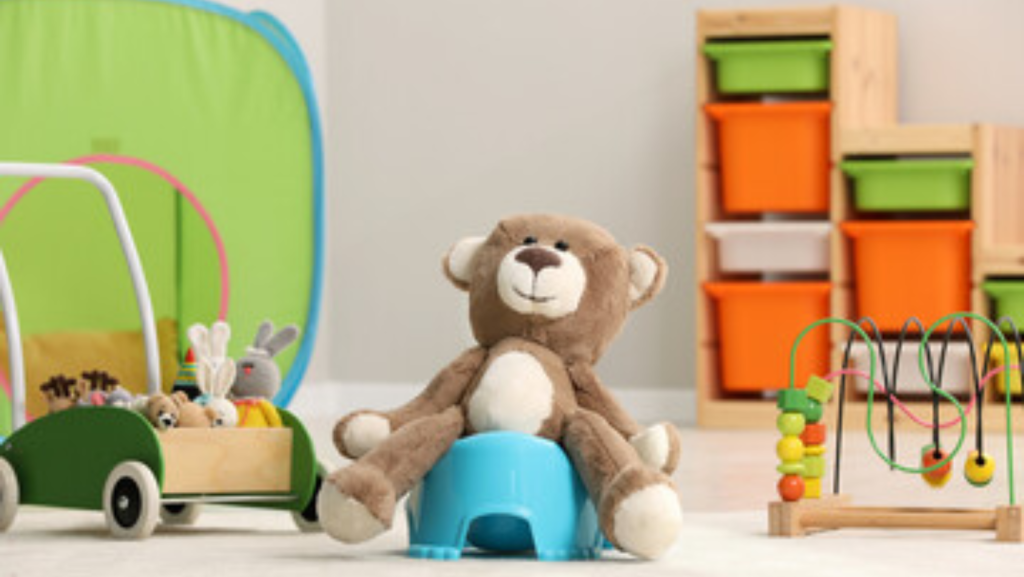If your child is not potty trained by kindergarten, don’t worry! There are many reasons for this delay, and you can help them succeed. In this article, we’ll explore signs of readiness, offer tips for supporting their journey, and address common challenges. Remember, you’re not alone – seeking professional help from a pediatrician is always an option. Let’s dive in and find solutions together!
Possible Reasons for Delayed Potty Training
If your child is not potty trained by kindergarten, there could be several possible reasons for this delay. One common reason is toilet training regression. This occurs when a child who was previously potty trained starts having accidents again. Regression can happen for various reasons, such as changes in routine, stress, or the arrival of a new sibling. It is important to address these underlying issues and provide support and reassurance to your child during this time.
Another factor that may contribute to delayed potty training is cultural and societal influences. Different cultures have different expectations and approaches when it comes to toilet training. Some cultures may start toilet training at an earlier age, while others may have different methods or beliefs about when a child should be potty trained. Additionally, societal pressures and expectations can play a role in the timing of potty training. Parents may feel pressured to have their child potty trained by a certain age due to societal norms or expectations.
Understanding the possible reasons for delayed potty training can help parents navigate this process with patience and understanding. Remember that every child is different, and they will reach this milestone at their own pace. It is important to provide a supportive and nurturing environment for your child as they navigate this developmental stage.
Signs of Readiness for Potty Training
To determine if your child is ready for potty training, look for signs of readiness. These signs may vary from child to child, but there are some common indicators to watch for. First, pay attention to your child’s ability to communicate their needs. If they can express when they need to go or when they have already gone, it shows they have some understanding of their bodily functions. Additionally, observe if your child is showing an interest in the bathroom or in wearing underwear. They may start imitating others or showing curiosity about using the toilet. Another sign of readiness is when your child can stay dry for longer periods of time, indicating that their bladder muscles are becoming stronger. Lastly, if your child is able to follow simple instructions and can sit still for a short period, it shows they have the necessary cognitive skills for potty training.
Once you have identified these signs of readiness, it’s time to consider potty training techniques that may work best for your child. Some popular methods include the “child-led” approach, where the child takes the lead and decides when they are ready to use the toilet, and the “scheduled” approach, where you establish regular potty breaks throughout the day. You can also use rewards and incentives to motivate your child during the potty training process. This could include giving them a small treat or sticker for successfully using the toilet, or creating a reward chart to track their progress. Remember, every child is different, so it’s important to be patient and flexible as you navigate the world of potty training.
Tips for Supporting Your Child’s Potty Training Journey
Continue to support your child’s potty training journey by providing consistent guidance and encouragement throughout the process. Here are some tips to help you along the way:
- Utilize positive reinforcement techniques: Praise and reward your child whenever they successfully use the potty. This can be in the form of verbal praise, stickers, or small treats. Positive reinforcement helps motivate and reinforce their good behavior.
- Establish a consistent routine: Create a regular schedule for potty breaks, such as after meals or before bedtime. Consistency helps your child understand when it’s time to use the potty and fosters a sense of familiarity and routine.
- Use visual aids: Visual cues, such as a potty chart or a special toy placed on the bathroom counter, can serve as reminders and make the process more engaging for your child.
- Be patient and understanding: Remember that every child is different and may progress at their own pace. Stay calm and supportive, even if there are accidents or setbacks along the way. Your child needs your understanding and encouragement to build confidence in their abilities.
Common Challenges and How to Overcome Them
Overcoming common challenges in your child’s potty training journey requires patience, consistency, and understanding. As you navigate this process, you may encounter various challenges that can make potty training feel frustrating at times. One common challenge faced by parents is resistance from the child. Your child might refuse to use the potty or show reluctance to give up diapers. In such cases, it is important to stay calm and avoid pressuring your child. Instead, provide gentle encouragement and praise for small steps taken towards using the potty.
Another challenge is accidents and setbacks. It is natural for accidents to happen during the potty training process. Instead of getting upset or scolding your child, respond with understanding and reassurance. Help your child understand that accidents are a normal part of learning and encourage them to try again. Consistency is key in overcoming setbacks. Stick to a routine, remind your child to use the potty regularly, and offer gentle reminders to avoid accidents.
Effective strategies for overcoming these challenges include using positive reinforcement, such as stickers or small rewards, to motivate your child. Creating a potty training chart can help track progress and provide a visual representation of achievements. Additionally, reading books or watching videos about potty training can help your child understand the process and feel more comfortable.
Seeking Professional Help: When to Consult a Pediatrician
If you’re facing persistent challenges and your child is not making progress in potty training, it may be time to consult a pediatrician. While most children are typically potty trained by the age of five, every child develops at their own pace, and some may require additional support. Consulting a pediatrician can provide valuable guidance and reassurance during this process. Here are a few signs that indicate it may be beneficial to seek professional help:
- Lack of progress: If your child has been consistently struggling with potty training and shows no signs of improvement, it may be time to consult a pediatrician.
- Regression: If your child was previously successfully using the potty but has recently regressed and is experiencing accidents again, it is important to seek professional advice.
- Medical concerns: If your child is experiencing any physical discomfort or shows signs of a urinary tract infection or constipation, consulting a pediatrician is crucial to address these underlying medical issues.
- Emotional distress: If your child becomes anxious, fearful, or stressed about potty training, a pediatrician can provide strategies to help them manage their emotions and make the process more comfortable.




